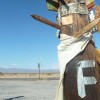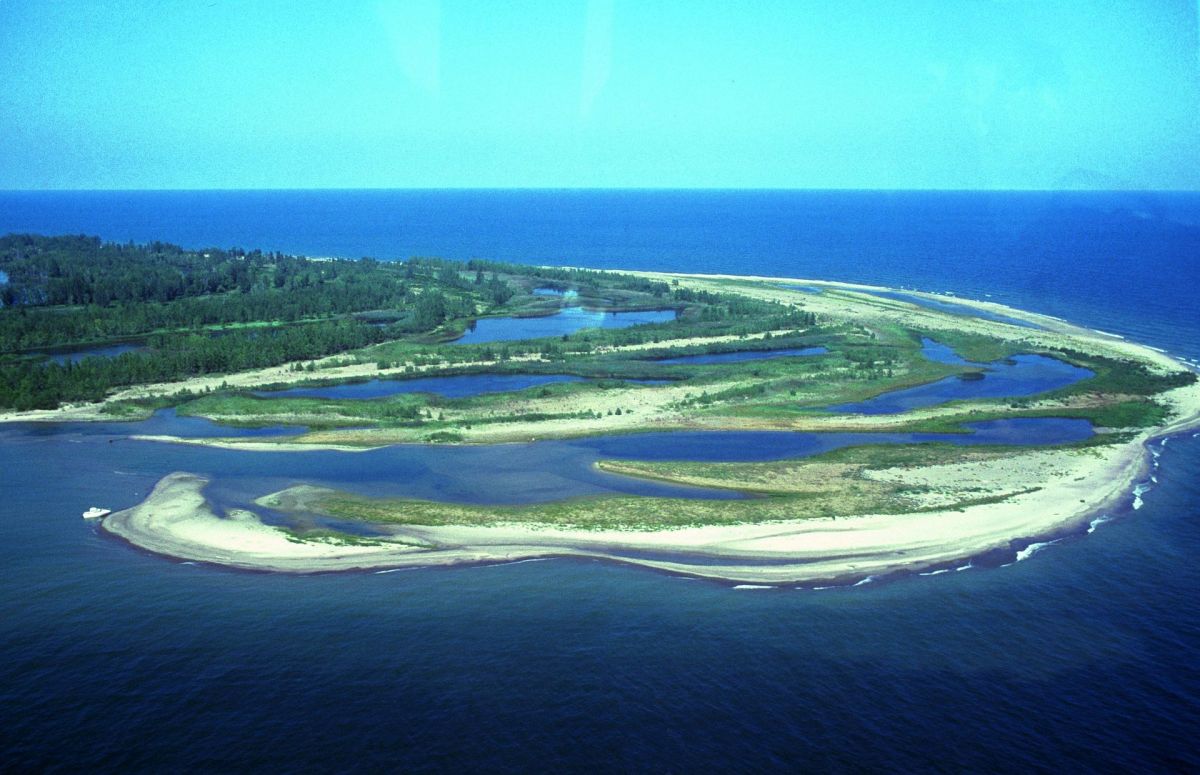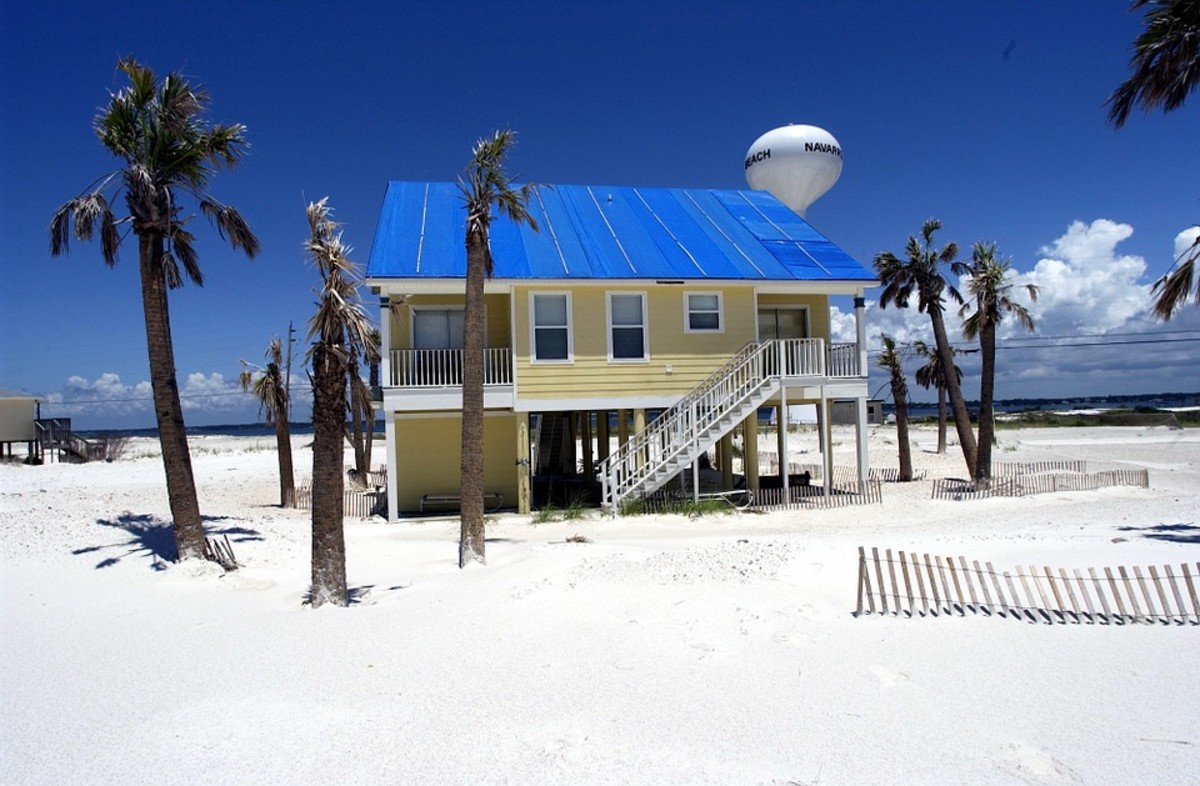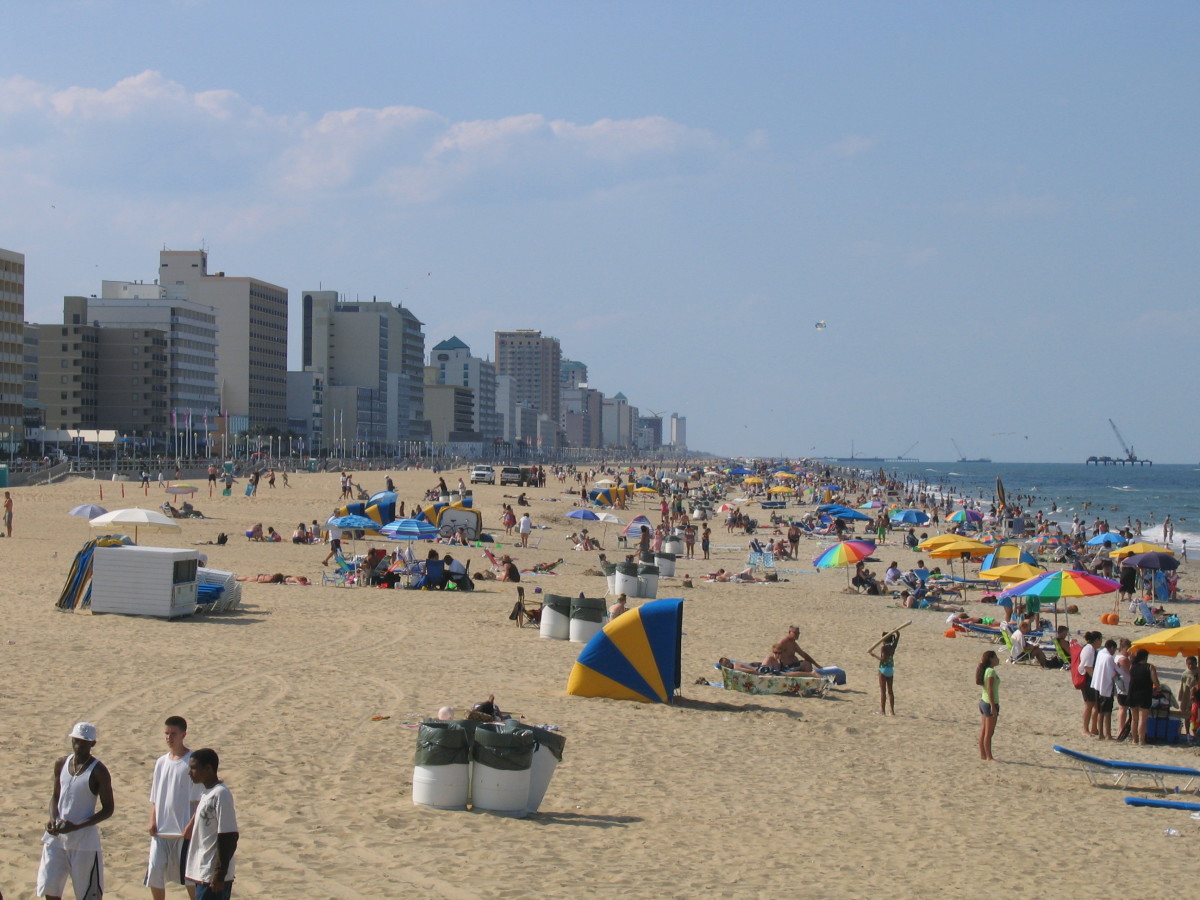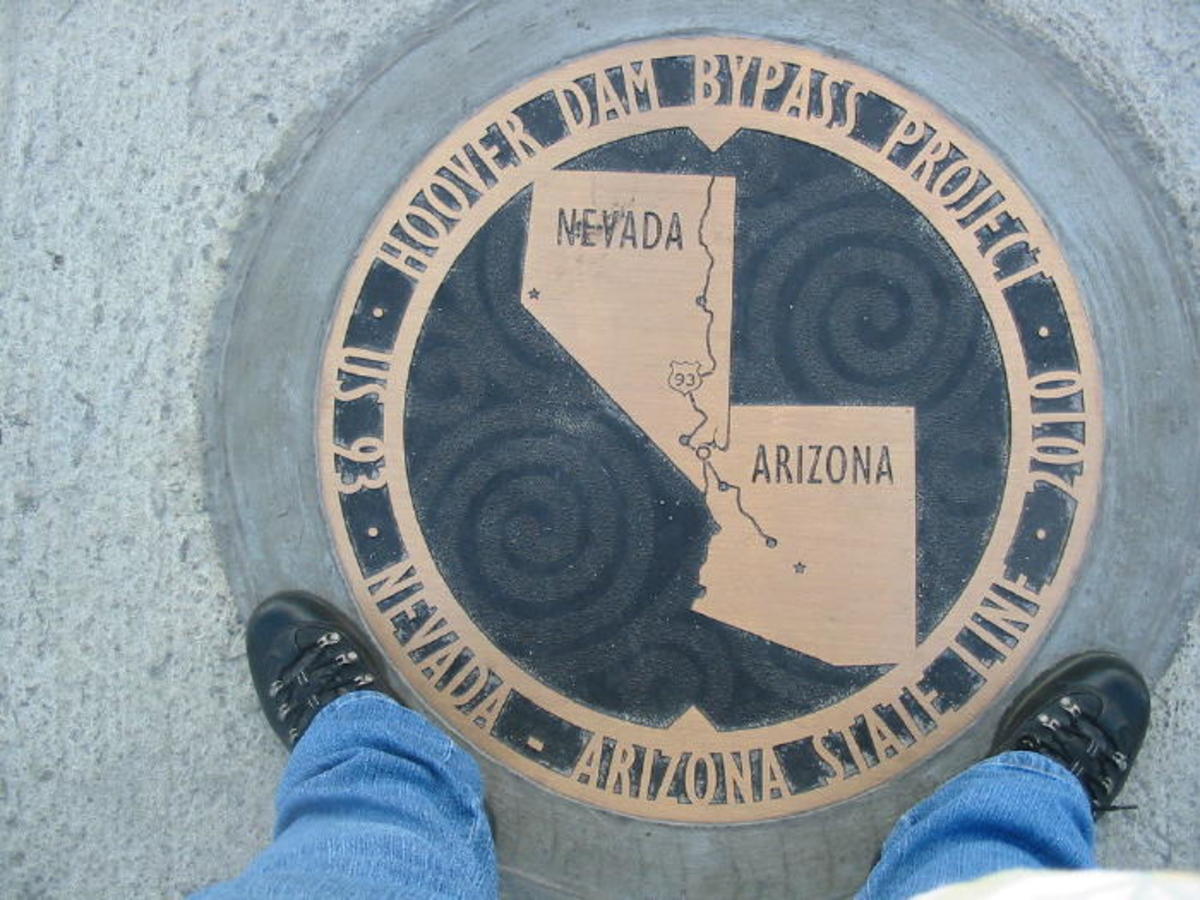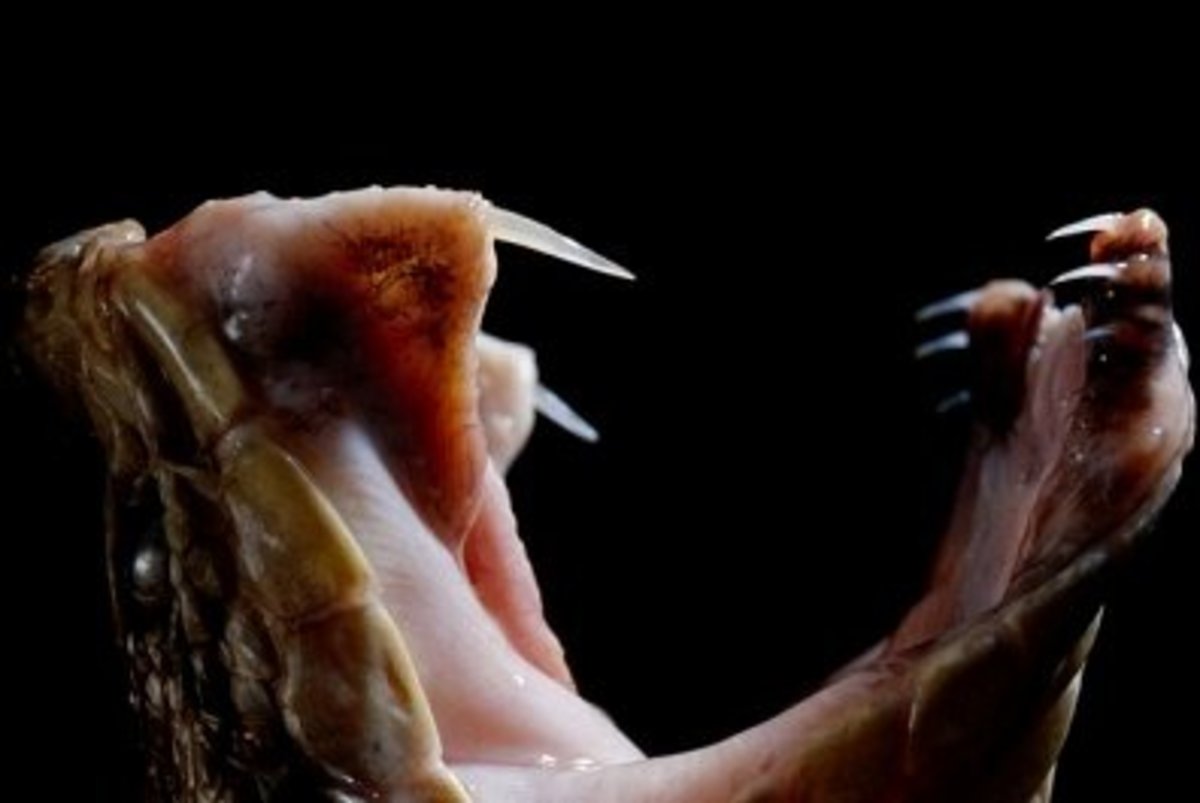Historic Jamestowne | Jamestown VA
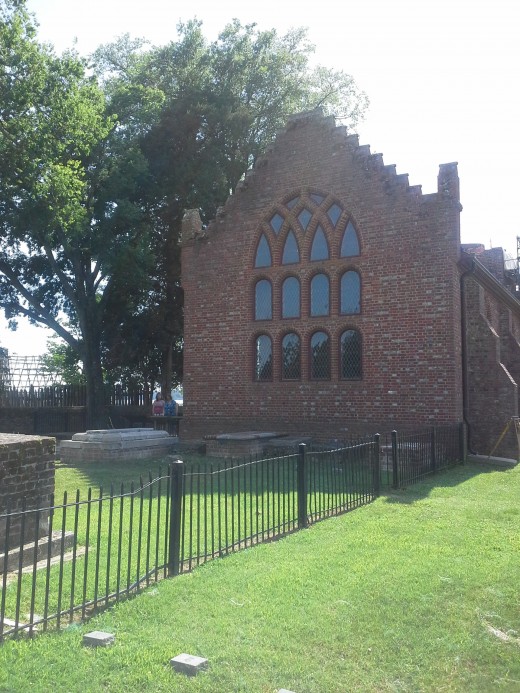
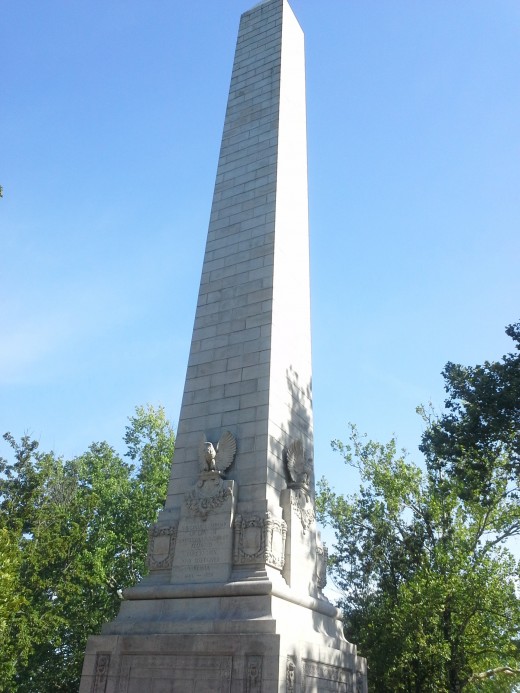
America's First Settlement
Historic Jamestown, or Jamestowne if you prefer, is the site of America's first settlement. Until recently it was just a name I'd learned about in school, but a visit to the site transformed those vague recollections about plagues and Indians into a meaningful and interesting experience.
I'd recommend a visit to anyone who enjoys history, archaeology, military strategy, diplomacy, mystery, or adventure. It's not a huge place. You can tour the site in as little as twenty minutes, or you can kill a few hours there. It's not an all-day kind of visit, but it's one that will instill a sense of the challenges faced by our forefathers!
Keep reading to catch a glimpse of what you'll discover at Jamestown. I promise, I won't spoil it for you!
Jamestown, Williamsburg, and Yorktown form the "historic triangle" connected by the Colonial Parkway. There are many restored historical attractions in the region!
History is Fun - The Jamestown Settlement Website
- Jamestown Settlement
This link provides information about the Jamestown Settlement's living history museum. I'd highly recommend it for families with children, but for empty nesters like us, I'd encourage a visit to Historic Jamestowne instead.
The original fortress and settlement with ruins and archaeological research.

Jamestown Settlement and Virginia Beach
To be honest, we had set out to visit Virginia Beach for the day. My brother and sister-in-law were hosting us for our 9-day vacation, but had to work during the week. They'd encouraged us to hit the beach while they were chained to their desks. We never made it to the sandy shores, though, because I'm a bit of a history nerd who saw a sign for Jamestown Settlement.
I really didn't expect my husband to be thrilled with my request for a brief stop, but to my surprise, he agreed. We punched it into our GPS mapping system and found ourselves in a large, modern parking lot within minutes.
I frowned. "This doesn't look very historic, does it?" I asked him. All fifty state flags were displayed along the entryway. Inside, we found ticket lines in front of us, a gift shop to our right, a movie theater to the left, and what may have been a restaurant beyond that. I'm afraid this felt far too modern to be what we wanted, but I went ahead and asked an employee.
"Jamestown Settlement is an interpretive museum," she told me.
The Jamestown Settlement is just up the road from the historic site. It consists of recreated ships, shops, and activities designed to introduce visitors to the lifestyle that would have been experienced by colonial settlers.
Because we've had opportunities to try my hand at similar activities before, my husband and I decided not to plunk down $32 for both of us. (Adult tickets are $16, while children's tickets are $7.50.) If we had, here are a few of the activities we'd have discovered:
- climbing aboard a replica of the ships that brought colonists to the New World
- wearing armor and playing games that may have whiled away the colonists' hours
- watching blacksmiths produce metal wares
- how muskets were loaded and fired
- grinding corn
- tanning animal hides
- making tools and pottery
If we'd had our grandchildren with us, I'd have happily paid for entry. This is the kind of learning experience that is wonderful for school-age and teenaged children who may never have seen these kinds of activities before. For detailed information and photos, please visit the History is Fun link shown here. (The website also provides information about additional vacation packages and ticket prices.)
In any case, we left Jamestown Settlement and headed a mile or so down the road to the authentic, original Jamestown site. We never did make it to Virginia Beach.
Take Your Best Guess
view quiz statisticsThe Historic Jamestown Experience
Arriving at historic Jamestown felt more like what we'd been expecting: a modest building stood between the parking lot and the attractions we had come to see. At the visitor center, we paid $15 for a seven-day pass that provides access to Yorktown Battlefield and other national park sites. (Active duty military members and children get in free, and certain groups may receive discounted admission.
A bridge carried us across swampy water separating the visitor center from the fort and settlement. We spotted a turtle in the water, but little else. We'd already learned in the visitor center that the area's wetlands had lost over 90% of the various species that once inhabited it, but I was surprised just the same. I figured we'd see some insects, birds, frogs, and fish, perhaps even a water snake, but no... nothing but a single turtle! Quite odd for an area so lush with vegetation, and I found myself hoping that this was due to the time of day or a seasonal fluctuation.
The obelisk shown above greeted us as we stepped off the bridge. Guests perched on benches listened to a tour guide while people like us meandered past them. We were drawn to our right, where a brick building seemed to be the main attraction.

Birds of Jamestowne
Geese and bald eagles are both reasonably common at Jamestown, and plenty of feathers dot the ground! Be wary about picking up any feathers, though! We saw two bald eagles, both perched in dead trees, outside the park. Possession of a single bald eagle feather, even one found lying on the ground, is a federal crime!
Take Your Best Guess
view quiz statisticsJamestown Memorial Church
The Jamestown Memorial Church is a combination of historic and modern. Built in the twentieth century, it was located atop a much earlier house of worship. In fact, if we'd been able to step inside, we might have done so through the tower built around 1690, and maybe we'd have seen the cobblestone and brick remnants of the fort's third church.
The first church (1607-1608) had burned down. Its replacement was in sad shape by 1610. It's the third church that is known to have a cobblestone foundation and posts, and positively identified where the current memorial structure stands. Unlike its predecessors, this one endured a bit longer. Built in 1617, it lasted more than 20 years and hosted the First Representative Legislative assembly in 1619.
It was replaced by a fourth version of the church, which was constructed of brick, boasted a tower, and required five years to complete. All but the tower was destroyed during Bacon's rebellion in 1676. Finally, the fifth and current memorial church was constructed.
When it is not undergoing repairs, it may be rented out for events deemed "consistent" with its religious and historic nature. What does that mean? It means that Preservation Virginia (a private entity that owns the land) may allow certain types of events with approval and payment of fees related to the anticipated event:
- weddings
- funerals
- christenings
- ceremonial events
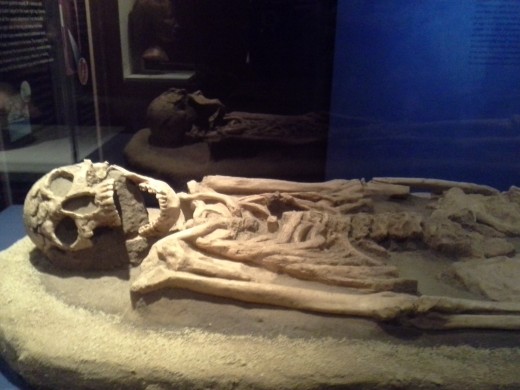
Take Your Best Guess
view quiz statisticsLearn More about Jane
American Archaeology at Jamestown
Modern archaeologists use sophisticated techniques to unravel historically distant puzzles, and Jamestown is a fascinating work in process. While we know a great deal about Jamestowne's earliest settlers, there are significant gaps in our understanding.
For instance, the year after the colonists' arrival is known as the "Starving Time." We know that the area was afflicted with severe drought. We know they were challenged to find drinkable water, and that many of the newcomers fell sick. We know that the Virginia Company that funded their endeavors demanded that the colonists produce wealth if they wanted to receive supprt. We know that the Powhatan tribe initially provided them with food and help, but withdrew their assistance later. We know that they attempted farming. We know that 106 of the 144 men and boys who arrived were dead within a year.
Yet we cannot answer why the colonists didn't turn to fishing as a way to provide for themselves.
Since the Civil War, some 250 or so years after the founding of Jamestown, artifacts have been recovered from the site. When Confederate forces arrived in the region in 1861, soldiers discovered armor and relics from the original settlers.
Preservationists have been tinkering to some degree ever since, but in recent years, excavations have yielded astounding results, some of which are on display in the Nathalie P. and Alan M. Voorhees Archaearium located at Jamestown. Twice in recent years, finds in Jamestown have been named as among the top ten archaeological finds of the year. One was a partial skull and tibia now known as "Jane," and the other find making the list was a slate tablet full of writing and images that reveal a great deal about the trip to the New World.
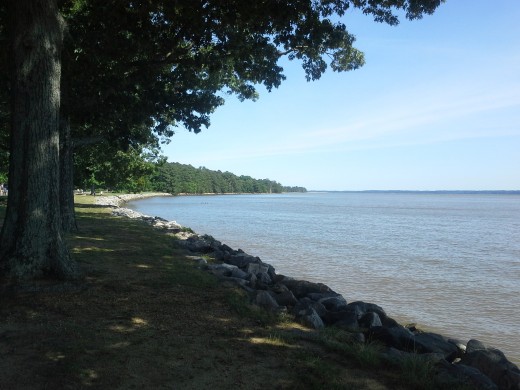
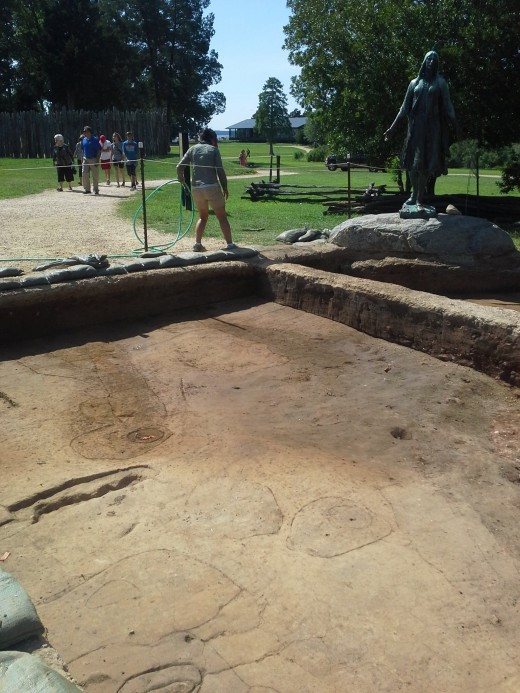
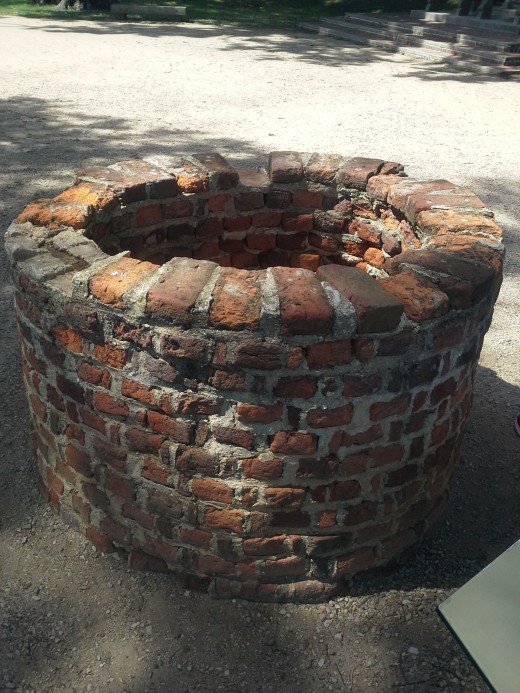

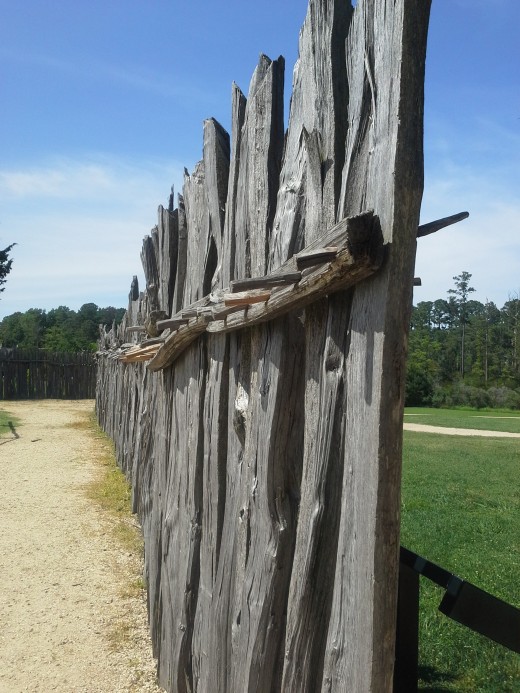
Outside of Jamestown Fort
It surprised me how much history was packed into that tiny triangle - about an acre of land within the boundaries of the fort - yet 300 men lived in the small area at one point!
As the struggling colony was reinforced with supplies and people later, it finally gained a foothold that allowed it to grow and finally, to thrive, unlike previous attempts at New World settlements. As it expanded, there was also a need to expand the colony's boundaries.
The fence surrounding the fort was moved.The photo shown here reveals where the site of the later fence was discovered at Pocahontas' feet. (The statue, created by William Ordway Partridge, was erected in the early 1900s to commemorate the young daughter who married settler John Rolfe and helped usher in peace for the settlers, but the excavation wasn't started until a century after her beckoning arms reached out over another important excavation site.)
Later, brick buildings and wells were built beyond the tiny fort's walls. America's first legislative statehouse was build just a short distance from the fort, beneath the Voorhees Archaearium. Some of its foundations are plainly visible to archaerium visitors.
East of the fort, reproductions of early foundations were built and painted white, but with weathering can be easily confused with original foundations. There's little left of the town tavern or the Governor's mansion, and virtually nothing of the slaves and native peoples who are known only through archaeological finds and written accounts from their captors.
A short distance down the road is the Jamestowne Glasshouse, a gift shop where master glassblowers create one-of-a-kind works of art. Glass, like tobacco, soap, and tar, was attempted as a profit-making venture for the Virginia Company. Today's glassblowers use techniques that are very similar to those employed by 17th century artisans, so the glass isn't designed for everyday use, but make wonderful heirlooms!
We took a while to sit at the beautiful river's edge and enjoy the scenery as we speculated about how the colonists had lived, died, and paved the way for the U.S.A. at great cost to themselves and the native people who initially welcomed them.
